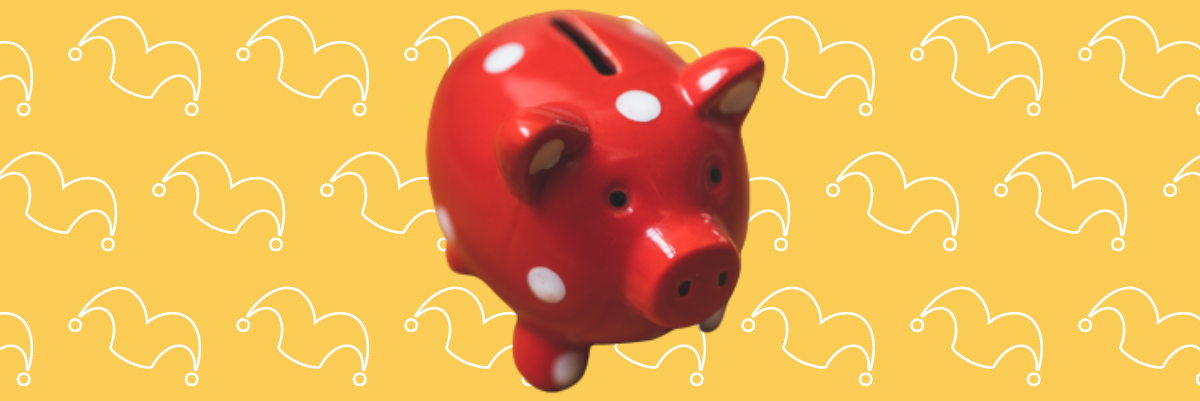How Much Should You Put Into Your Savings Account? Here's One Way to Decide
KEY POINTS
- Your emergency fund should be in your savings account, so calculate how many months of living expenses you want to set aside for emergencies.
- Estimate how much you'll need for future savings goals, such as a down payment on a home, a travel fund, and large purchases.
- Add your emergency fund and savings goals together, and you'll have a target amount to save.
An important part of managing your money is figuring out how much to keep in your savings account. If you don't have enough, you won't be ready for big expenses and emergencies. But savings accounts don't offer the same kind of return you can get by investing, so you don't want to overfund yours, either.
The right amount is different for everyone, since it depends on your expenses and your financial needs. Here are three quick steps you can follow to see what the right amount is for you.
1. Decide how much you want in your emergency fund
Your emergency fund needs to be money you can access at any time, so the best place for it is in a savings account. Specifically, high-yield savings accounts, since these have the most generous interest rates.
Here's how to set a target for your emergency savings:
- Find your monthly living expenses. Go over your banking statements and credit card bills to see exactly how much you spend per month.
- Choose how long of an emergency fund you want. The standard recommendation is three to six months of living expenses.
- Multiply your monthly living expenses by your desired emergency fund. If your monthly living expenses are $5,000, and you want a six-month emergency fund, then your goal would be to save $30,000.
You can build a larger emergency fund if you want. Some people choose nine- or 12-month emergency funds to have more financial security. But three to six months is the most common recommendation.
2. List your savings goals
Your savings account is also where you'll set aside money for your savings goals. Think of any large expenses you expect to have in the next five years or so.
Why five years? For anything longer than that, it usually makes more sense to invest your money. With goals like retirement in 30 years or your child's college education in 15 years, you can get a much better return by investing your money.
Here are some examples of popular savings goals:
- A down payment for a home
- A travel fund
- Big-ticket purchases, such as appliances or electronics
- Home renovations
- Gifts for birthdays and holidays
Once you've made a list of these goals, estimate how much money you'll need for each of them. The best way to do this will depend on the goal. For a down payment on a home, you can look at home prices in your area. For travel and gift funds, you could base it on what you've spent in the past on previous vacations and gifts.
You may want to consider using certificates of deposit (CDs) for some of these savings goals. The best CDs offer rates close to and often better than the best savings accounts. They also allow you to lock in an interest rate for a fixed amount of time.
3. Add up how much you need
At this point, you know how much you want for your emergency fund and your savings goals. Now, add them all together to figure out how much to keep in your savings. For example, let's say you want:
- $25,000 for an emergency fund
- $40,000 for a down payment on a home
- $5,000 for a travel fund
- $2,500 for gifts
You'd need a total of $72,500 in your savings account. That's a lot of money, so if you're not there yet, it gives you a goal to work toward. On the other hand, if you have far more than that in savings, you'd know that you can safely shift some of your money to investments.
Keep in mind that your savings needs will change over time. If you're saving for a home, you'll eventually use that money for a down payment. That's a big expense you won't need to save for anymore. But you'll also probably want to start setting aside money in savings for new expenses you'll have as a homeowner, such as maintenance and renovations.
Deciding how much to put into your savings account isn't something you do just once. For most people, it's a good idea to do this once a year, or after any major financial changes.
Our Research Expert




